Fundamentals of Organic Farming and Gardening: An Instructor's Guide
Contents: Preface: Why Organic?. Introduction: How to use the curriculum. Unit I - Soil: Soil is described in terms of physical and biological components. Both of these are important in establishing a foundation of knowledge about soil, in order to manage it in a sustainable manner. 1. Introduction. 2. Physical Properties of Soil. 3. Soil Biology and Ecosystems. 4. Soil Nutrient Cycles. 5. Unit Summary. Unit II - Soil Applications: Soil is managed to enhance the soil life. Factors which can be managed are soil air, soil water, soil organic matter and soil minerals. Proper use of tillage is the most important factor in managing soil. 1. Introduction. 2. Soil air management. 3. Soil water management. 4. Organic matter management. 5. Soil mineral management. 6. Tillage and cultivation. 7. Unit summary. Unit III – Plants: A basic knowledge of plant anatomy and physiology is essential for crop management. Knowing more about plants allows management decisions that enhance their growth and development, meaning better quality and larger harvests. 1. Introduction. 2. Basics of plant anatomy. 3. Basics of plant physiology. 4. Plant nutrient uptake. 5. Plant/soil relationships. 6. Unit summary. Unit IV - Plant Applications: Plants can reproduce both sexually and asexually. Most organic crops are grown from sexually produced seed, though fruit and nursery crop reproduction often involve asexual methods of propagation. 1. Introduction. 2. Seeds and seed starting techniques. 3. Propagation. 4. Plant varieties and selection. 5. Unit summary. Unit V - Crop Management: Preventing crop loss from any factor is the goal of crop management. The basis of a good crop management system is good soil that produces healthy plants. Once that is established, controls for insects, disease and weeds can be used on an as-needed basis as they interfere with production of the crop. 1. Introduction. 2. Pest control. 3. Disease control. 4. Weed control. 5. Companion planting. 6. Unit summary. Unit VI – Composting: Composting is a result of managing soil organisms to more rapidly break down residual materials to produce humus. Addition of compost to the planting bed enhances soil life and makes more nutrients available to the plant. 1. Introduction. 2. Biological Processes of Composting. 3. Materials. 4. Composting Management. 5. Using Compost. 6. Unit Summary. Unit VII - Organic Markets: Marketing is a very important, but often overlooked aspect of establishing a successful farm. A market needs to be identified before the crop is put in the ground, to increase the likelihood of a profitable season. 1. Introduction. 2. Introduction to marketing. 3. Marketing strategies. 4. Certification. 5. Unit summary. Unit VIII - Practical Applications: This unit presents a plan for a demonstration organic bed to be prepared by a class and used as an adjunct to the instruction of this curriculum. These activities should be done in conjunction with the other units. 1. Introduction. 2. Garden site selection and design. 3. Soil preparation. 4. Planting and maintenance. 5. Detailed crop guides for recommended crops. 6. Unit summary. Appendix.
Get it now and save 10%
BECOME A MEMBER

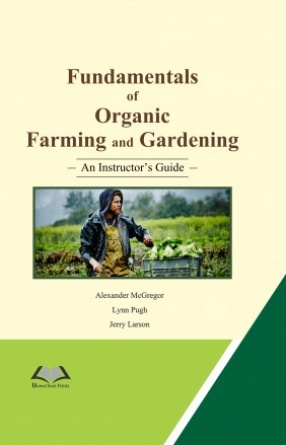
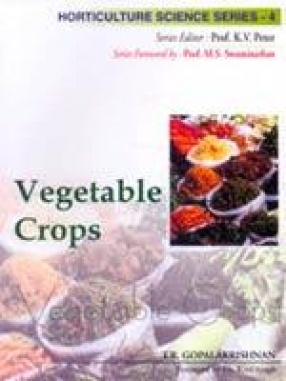
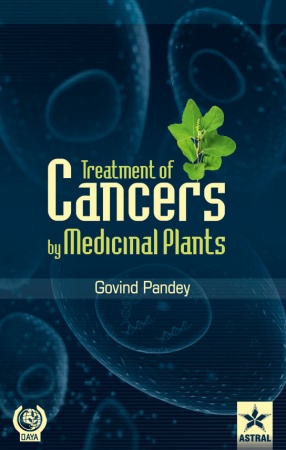
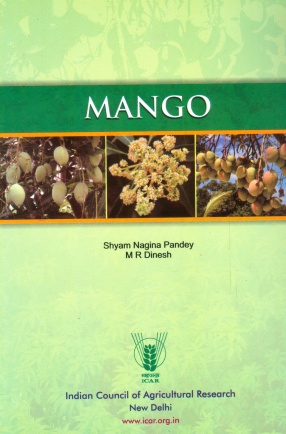
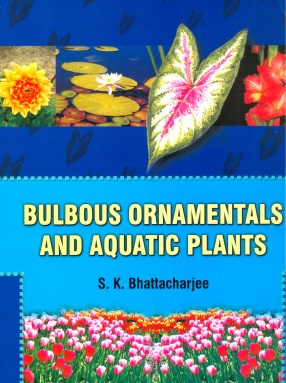

Bibliographic information
Lynn Pugh
Jerry Larson